Zanddijk Limmen
It doesn't show, but the Zanddijk, a road between Egmond-Binnen and Limmen, is one of the oldest dikes in North Holland. The dike was constructed before 1100 but did not prove a great success and led to a fierce clash between the Abbey of Egmond and the inhabitants of Castricum.
Founded around 950 by the Count of Holland, Egmond Abbey was one of the most important large landowners in the county of Holland until the 16th century. The abbot was thus a powerful man, who also acted as spiritual director and counselor to the count. Counts were buried in Egmond until about 1200, near the altar with the reliquary of St. Adalbert: that is, the casket that contained the saint's bones. He was an 8th-century Anglo-Saxon missionary in the Egmond area and the most important saint of the abbey.
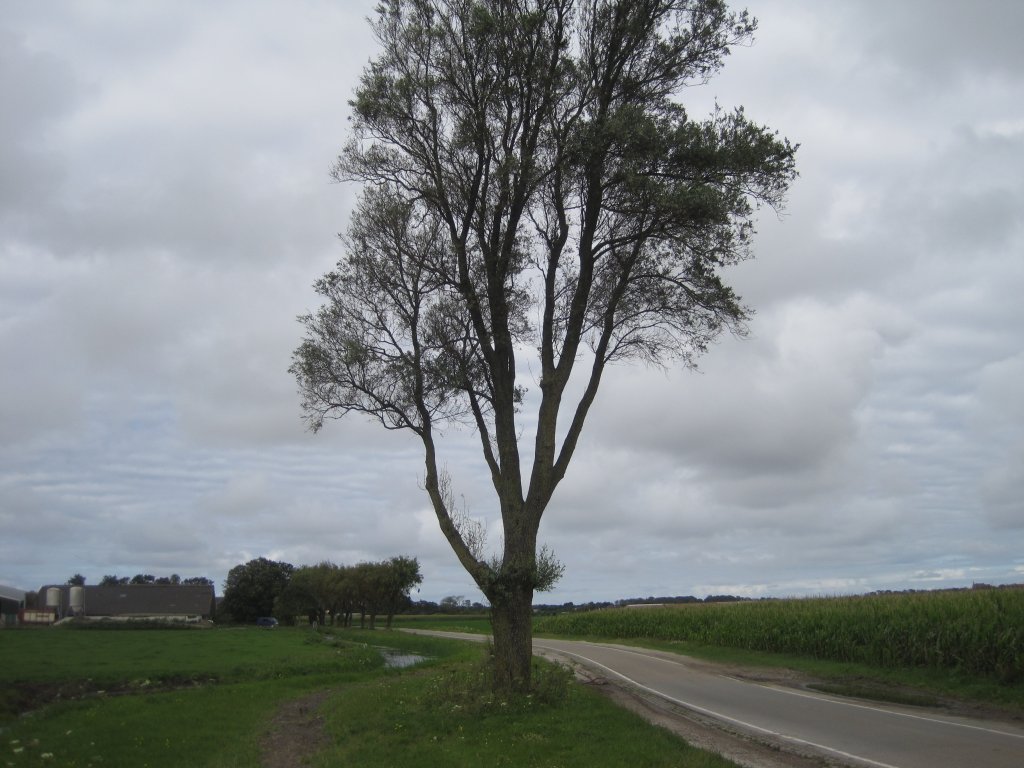
The abbey lies on the edge of a sand ridge, further inland we encounter Limmen and Heiloo on the next sand ridge. The area in between was lower. In the 11th century, more and more water intruded from ever-deepening watercourses, especially from the south where the IJ - also known as Ie, d'Ie or Die, an old word for 'water' - became an estuary. Added to this was the "dune fall," the water flowing out of the dunes. At the level of the abbey, the water could go no further and formed a marsh or mudland.
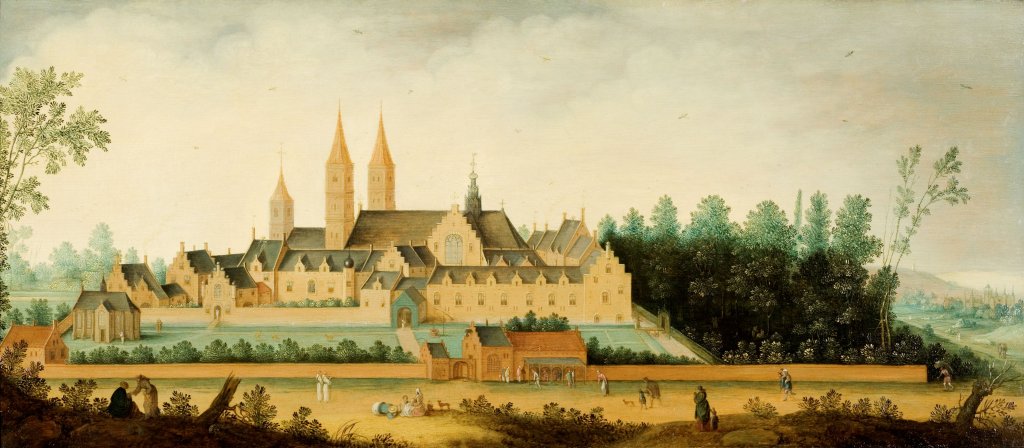
Therefore, where the sand ridges were closest to each other, the abbey built a dike so that the marsh waters would no longer flood the abbey grounds. The dike was not made of sand, but took its name - the Zanddijk - from the hamlet of North Bakkum, then better known as Arem or Het Zand. The Zanddijk still makes a kink at the dairy farm Arem. This is because that is where the stream channel was dammed.
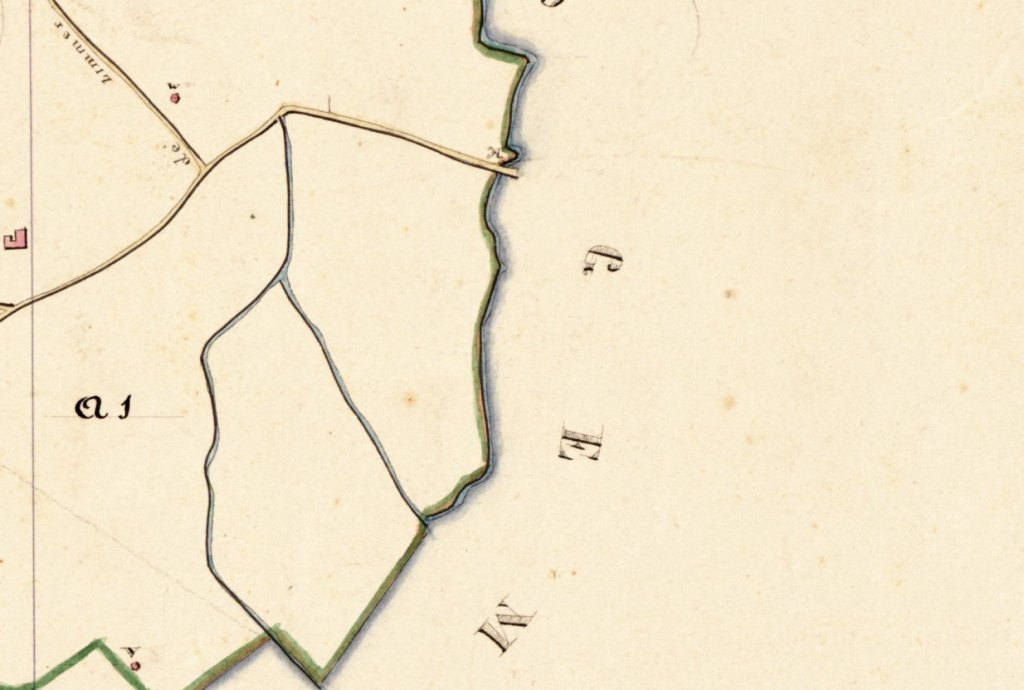
The water could no longer continue northward, and with persistent rainfall and southwest winds, it pushed up against the new dike. As a result, the fields of the Castricummer farmers south of the dike flooded. The only way out for the water was to the north, but then the dike had to be breached. This the abbey always refused because then the abbey lands would flood. This soured relations with the Castricummers.
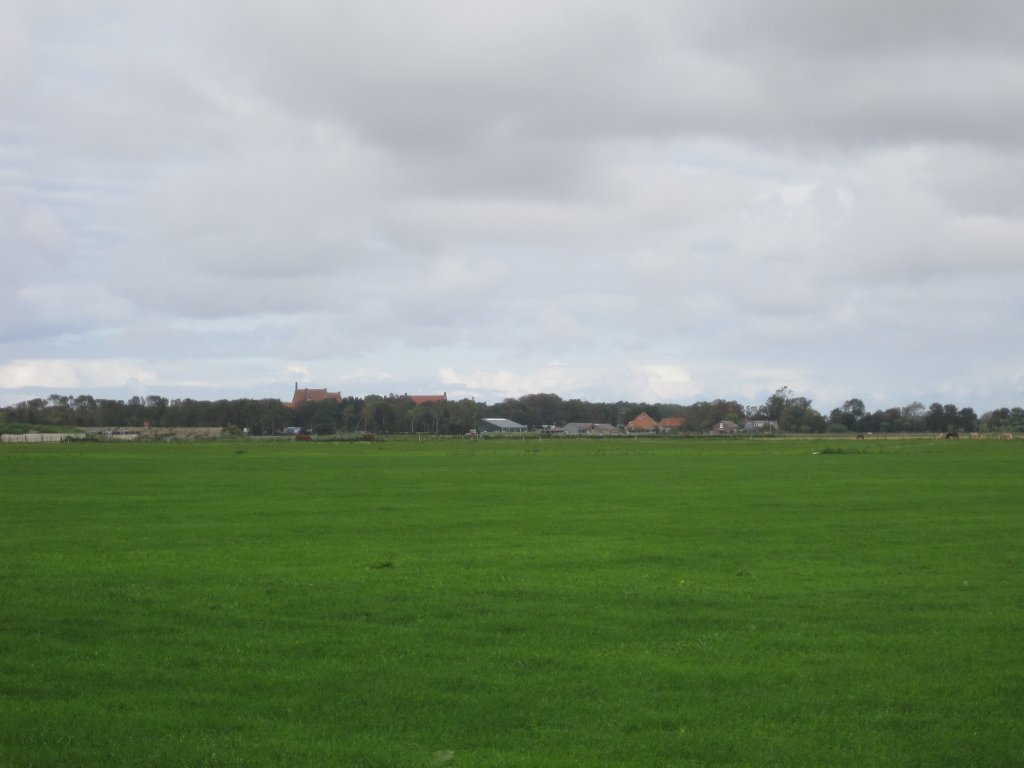
When around 1100 the water level was so high that Castricum was in danger of being flooded, the Castricummers went armed to Arem to breach the dike. The very old and wise abbot Stephanus († 1105) then sent the monks led by his confidant Adalardus († 1120) with Adalbert's reliquary in procession to the tide hole. The hope was that the saint would stop the incoming water.

Indeed the saint did: when Adalardus placed the reliquary in the water it retreated. The Castricummers drooped. At the time it was thought to be a miracle; now it is thought that so much water had meanwhile drained away through the hole that further flow was lacking. Adalardus was later elected abbot but a new clash with the Castricummers would end less well.
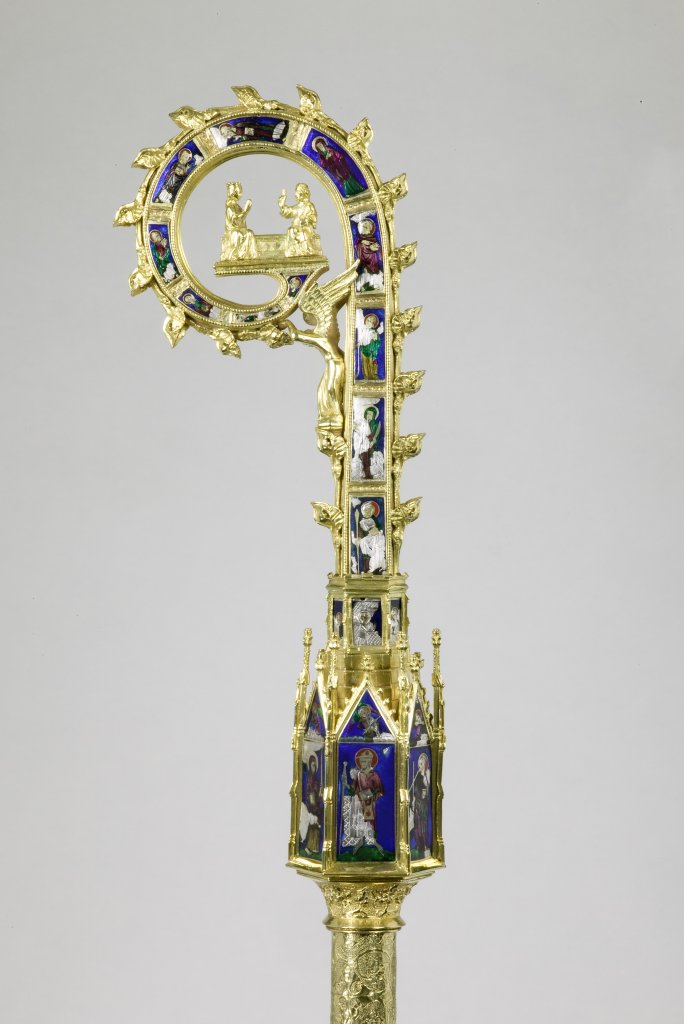
From the north the sea was also advancing and the abbey therefore had to deal with high water on that side of the dike as well. Abbot Adalardus therefore now wanted to breach the dike himself so that the water would drain over the pastures of Castricum. He took Adalbert's reliquary with him, but this time the monks were the culprits and the saint failed. The enraged Castricummers gave the monks a merciless beating. However, Adalbert would have punished them afterwards with a difficult life and a miserable death.
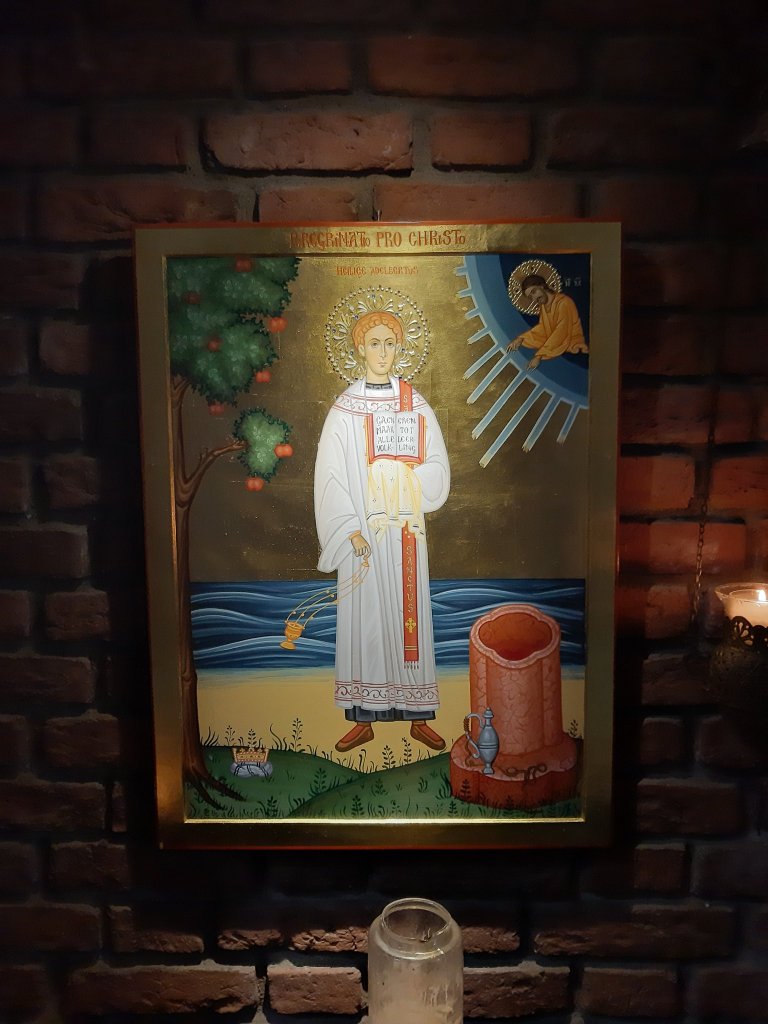
The Sand Dike was unsuitable as a water barrier because of its construction at the lowest point: water barriers work better at the highest possible point. The solution to flooding was the construction of other dikes in the late 12th and early 13th centuries. However, the Zanddijk was useful as a road: in later times, fishermen from Egmond aan Zee brought their fish over the dike to Limmen, from where it went by ship to Amsterdam.
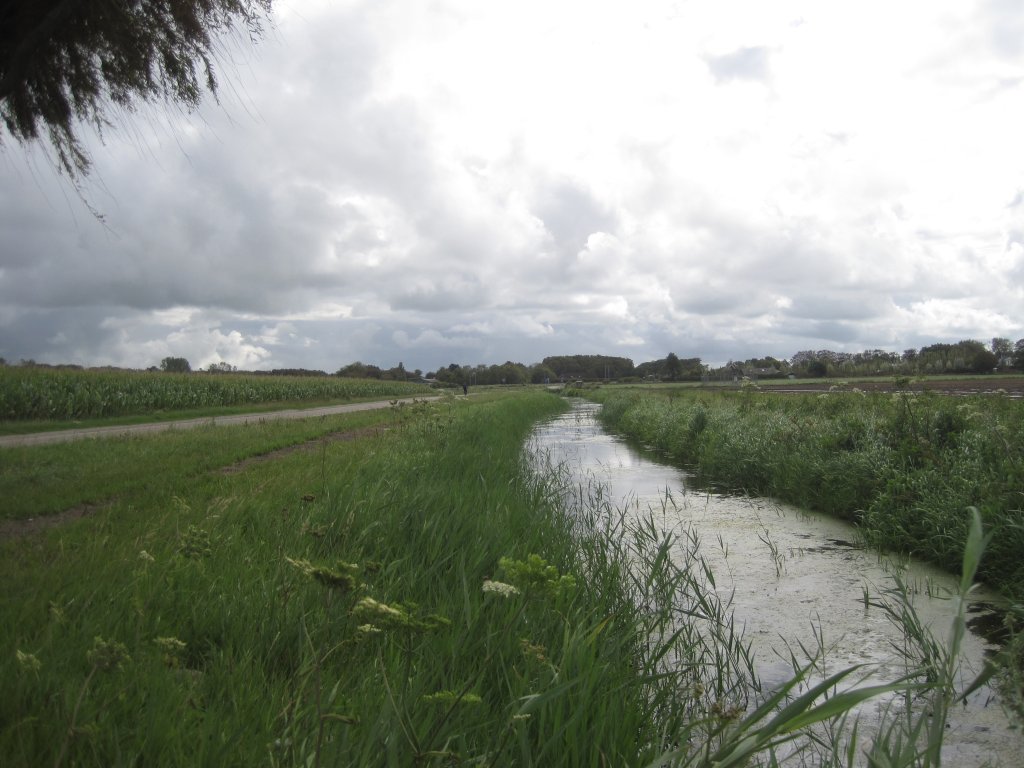
Additional
Those who wish to cycle along the Sand Dike can do so as part of the Oerij Route.
There are many hiking opportunities in the area but they do not cross the Zanddijk. One route that just touches the Zanddijk is the Orange Route (Wandelnetwerk Noord-Holland) that starts at the Abdijlaan in Egmond-Binnen. The kink in the road at Arem is near the route, which also passes the abbey.